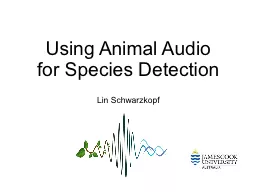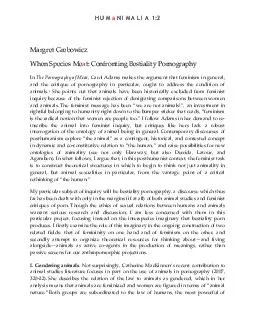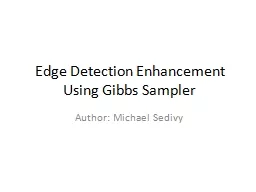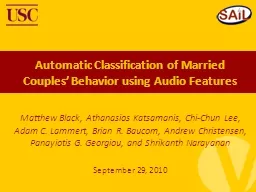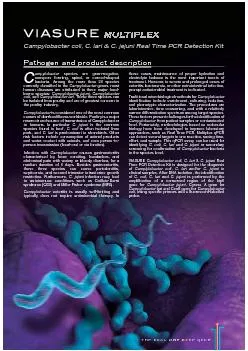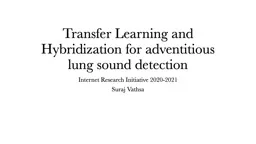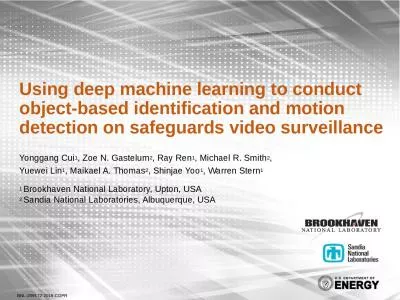PPT-Using Animal Audio for Species Detection
Author : stefany-barnette | Published Date : 2017-06-06
Lin Schwarzkopf Acknowledgements Paul Roe Mike Towsey Why detect species We may want to identify presenceabsence abundance or activity of individual species study
Presentation Embed Code
Download Presentation
Download Presentation The PPT/PDF document "Using Animal Audio for Species Detection" is the property of its rightful owner. Permission is granted to download and print the materials on this website for personal, non-commercial use only, and to display it on your personal computer provided you do not modify the materials and that you retain all copyright notices contained in the materials. By downloading content from our website, you accept the terms of this agreement.
Using Animal Audio for Species Detection: Transcript
Download Rules Of Document
"Using Animal Audio for Species Detection"The content belongs to its owner. You may download and print it for personal use, without modification, and keep all copyright notices. By downloading, you agree to these terms.
Related Documents

